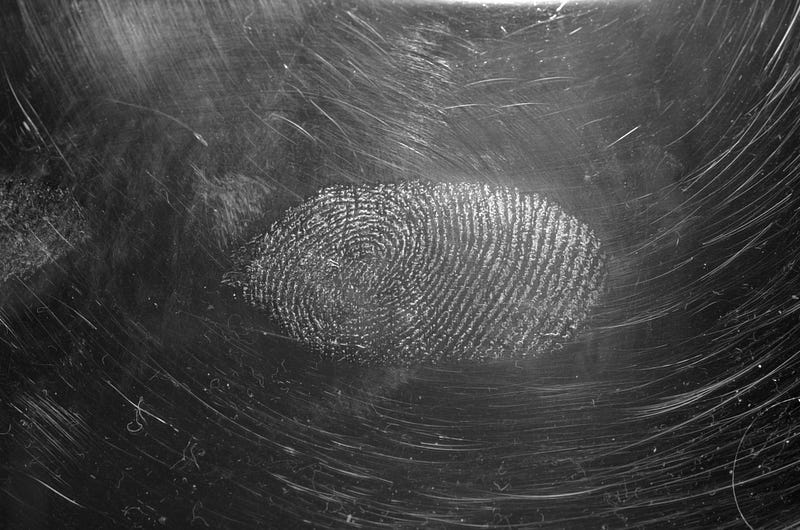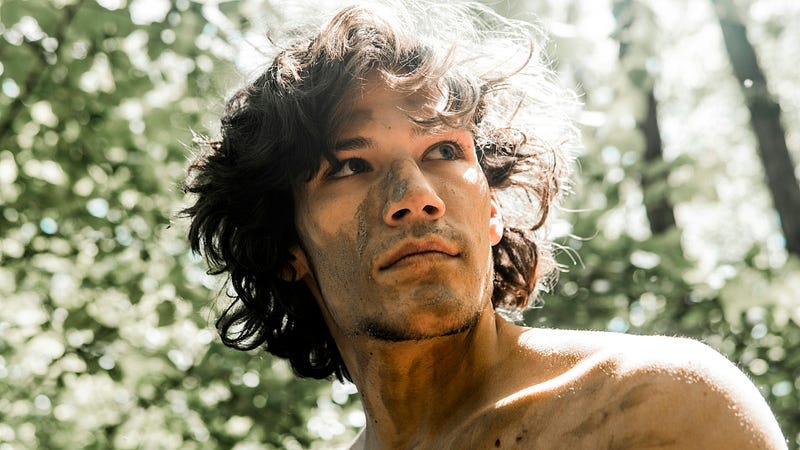
43,000 years ago, a Neanderthal man or woman, in Spain dipped his or her finger into a red pigment and created the first work of art on a pebble. Scientists discovered this print on a pebble and assume that the man or woman wanted to give the pebble a nose, as the form of the rock resembled the face of a person. Could this be evidence of the first artist in the world, from pre-historic times?
Artists today, are creating wonderful works of art. Humans have been creating art from sculptures and paintings to frescoes and marble statues for centuries. Will the humans of the future get to know more about us through the work we leave behind, from our writings, to the world we have created today?
Artificial Intelligence is also capable of creating works of art and bodies of literature. These are not true representations of the human experience, as it is done by machines. What is the purpose of these digital creations in human society and will these help us to create something better as humans over time?
Humans are creators and we are leaving our physical fingerprints on everything that we touch and in everything that we create in life, from pottery, to buildings, literary creations to art pieces. One Neanderthal man or woman left his or her fingerprint as a means of fulfilling his or her creative expression on a pebble that looked like a face. Our digital and physical fingerprints, are a testament to our human experience and the world that we live in. Perhaps our fingerprints will enable us or beings from the future to recreate our world, if we are ever annihilated in a nuclear holocaust. What do you think is the purpose of our fingerprints in life?
World's oldest fingerprint may be a clue that Neanderthals created art
A man 43,000 years ago dipped a finger in red pigment and made a nose on a face-like pebble in Spain, scientists saywww.theguardian.com






It's a human urge. AI will never have the urge, can only imitate what it's told to imitate.